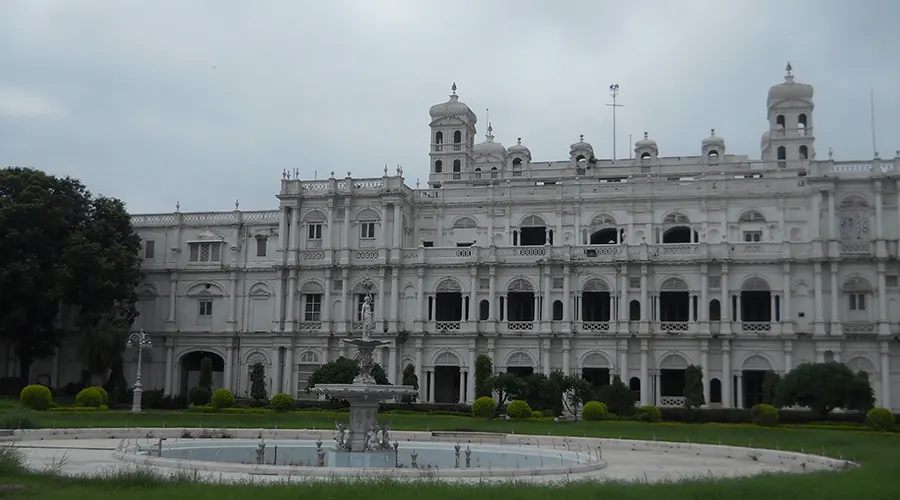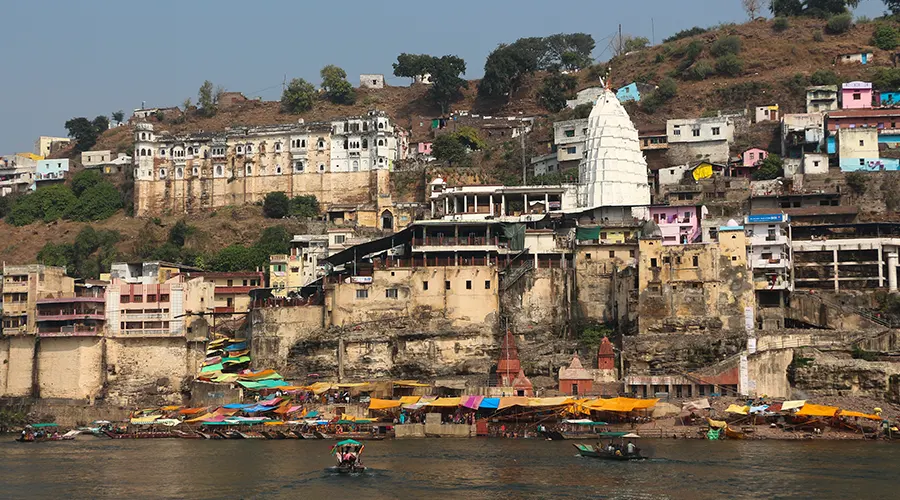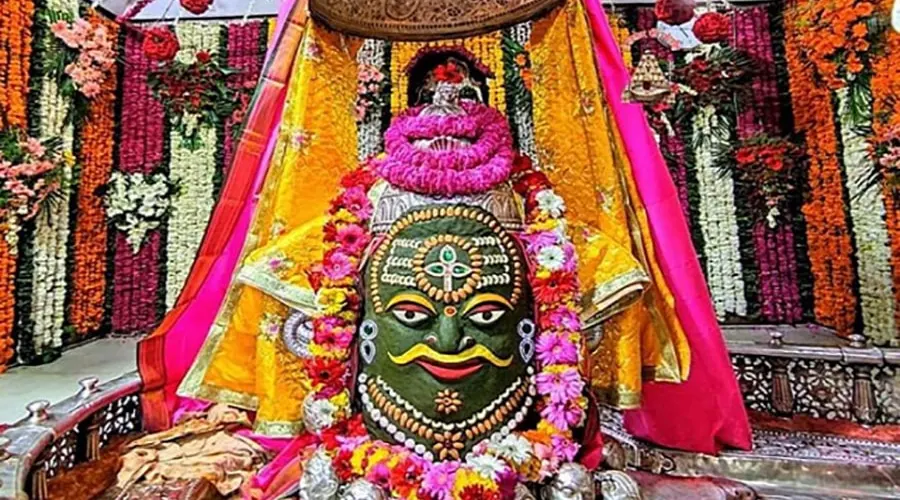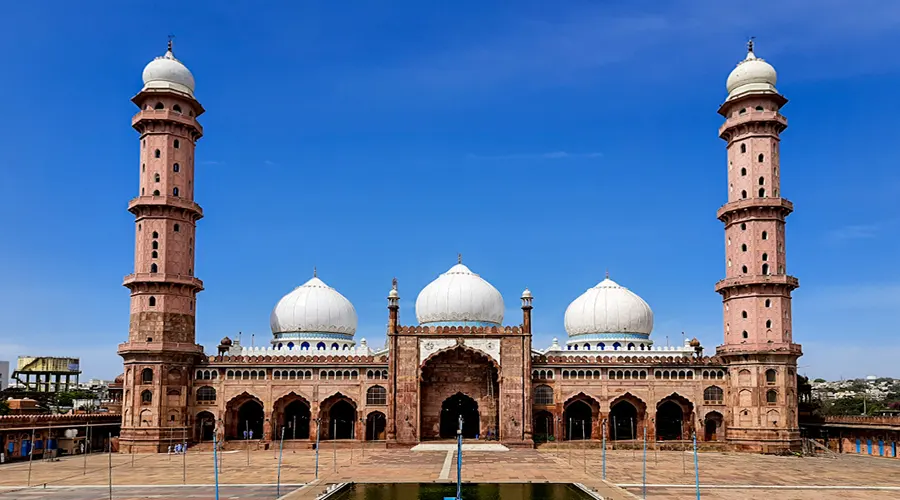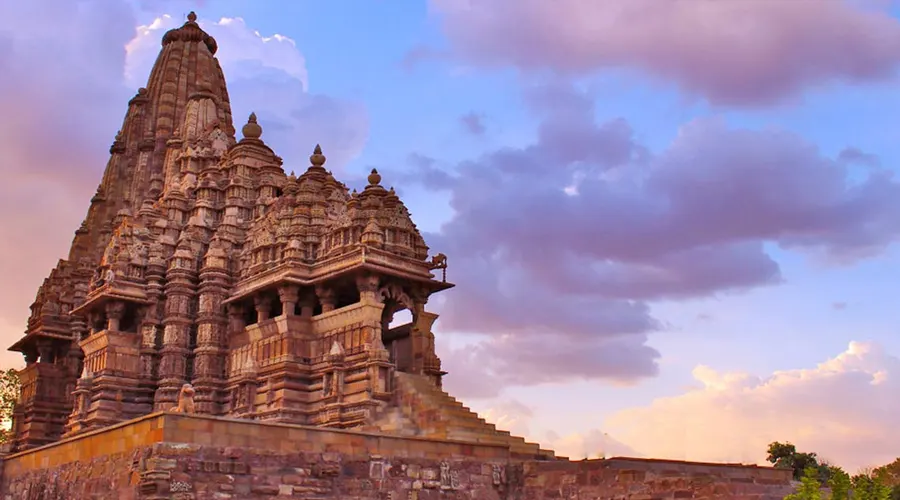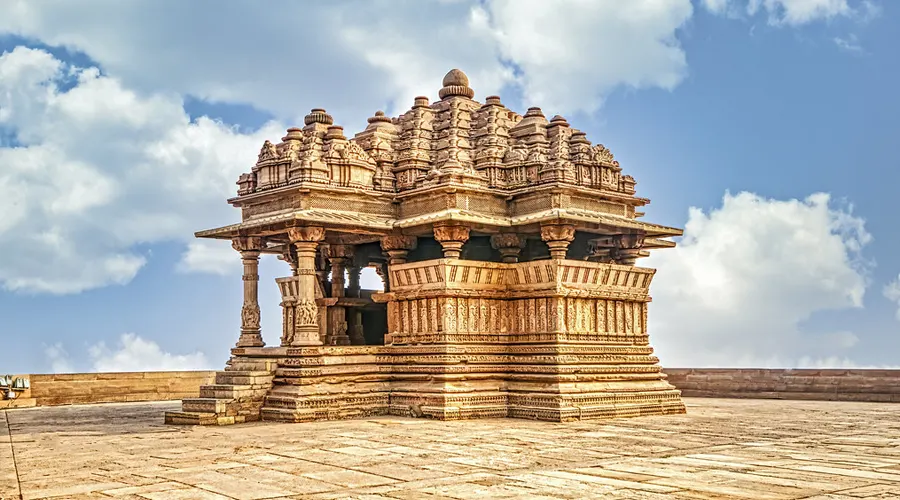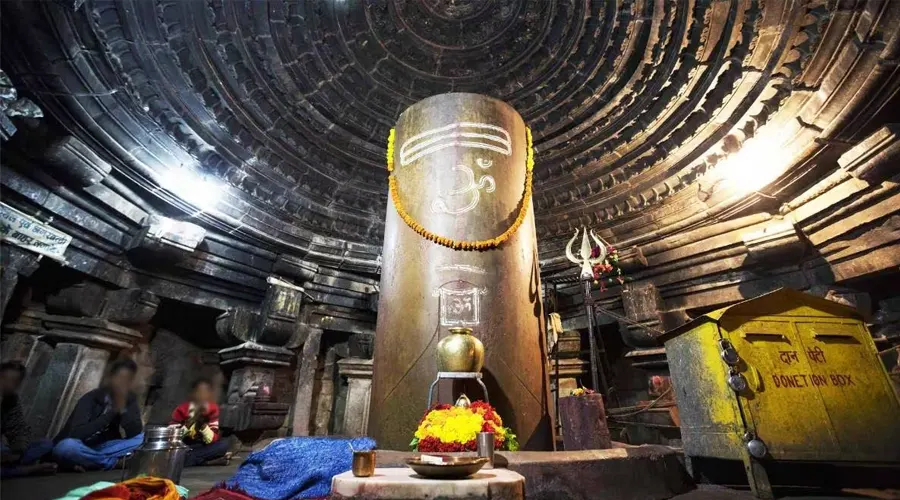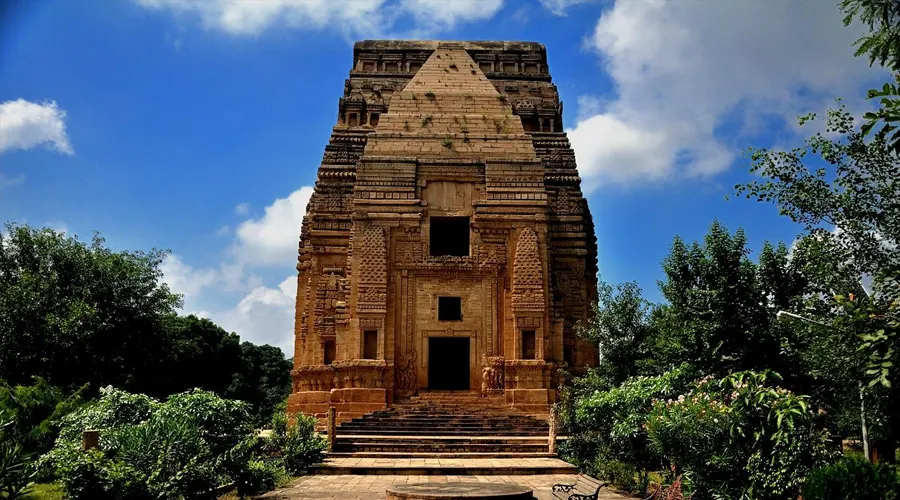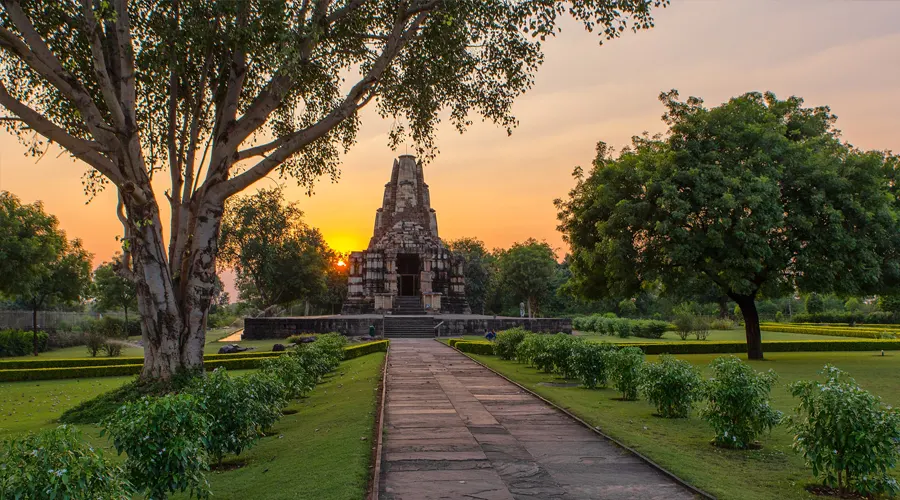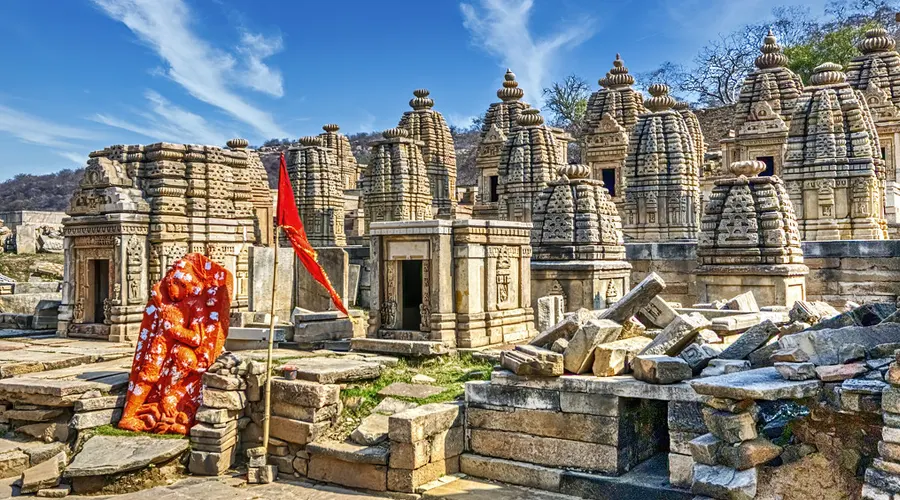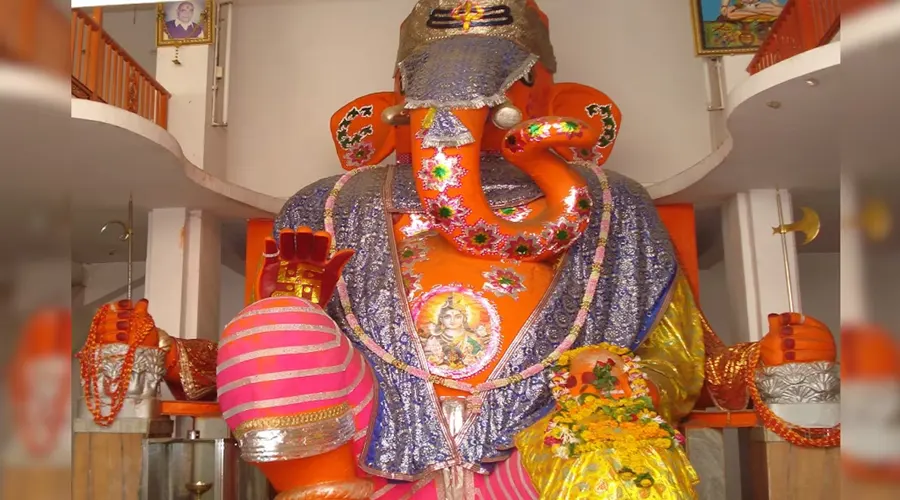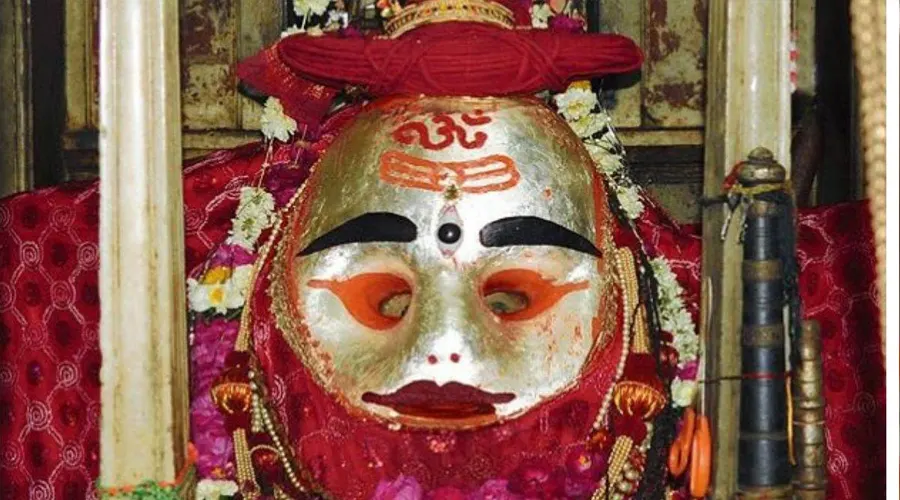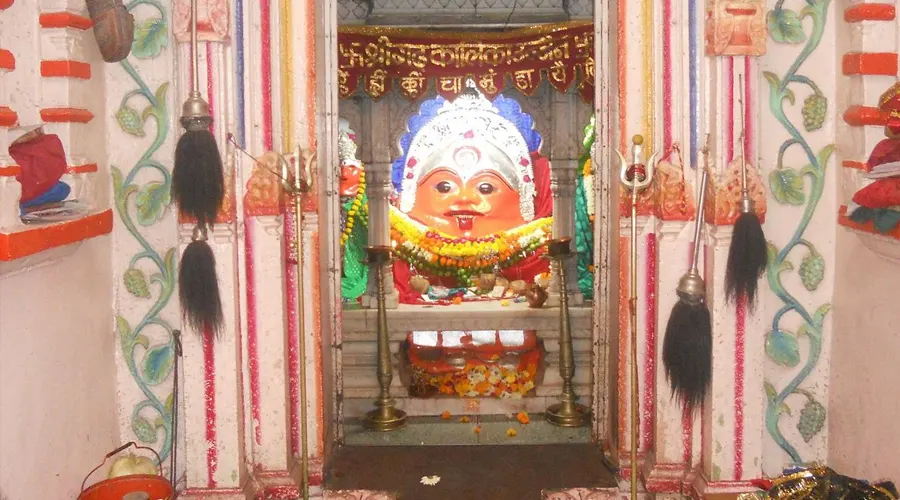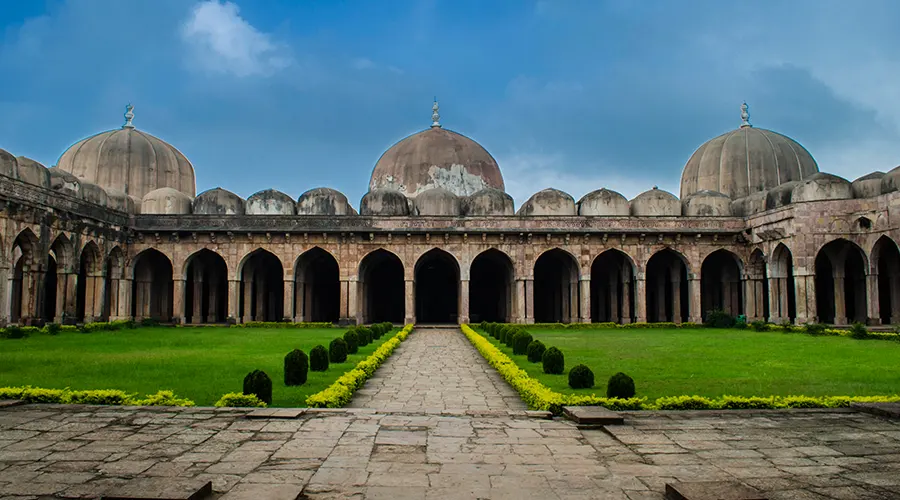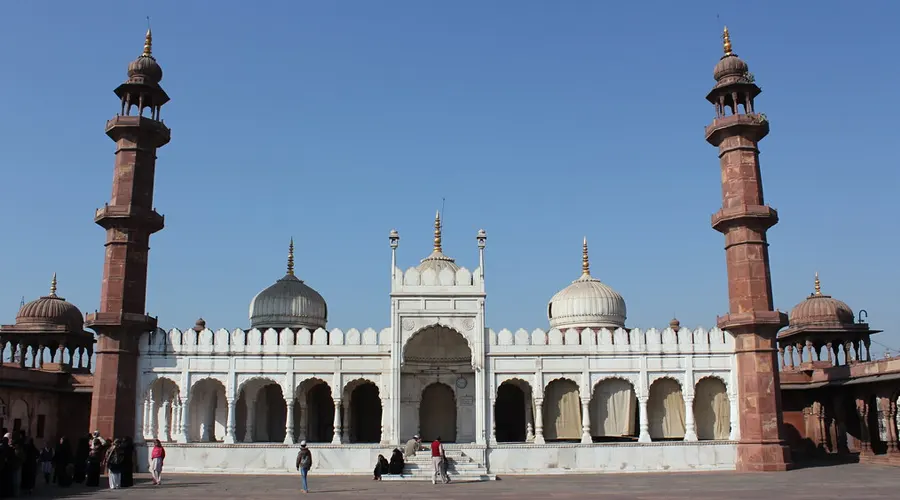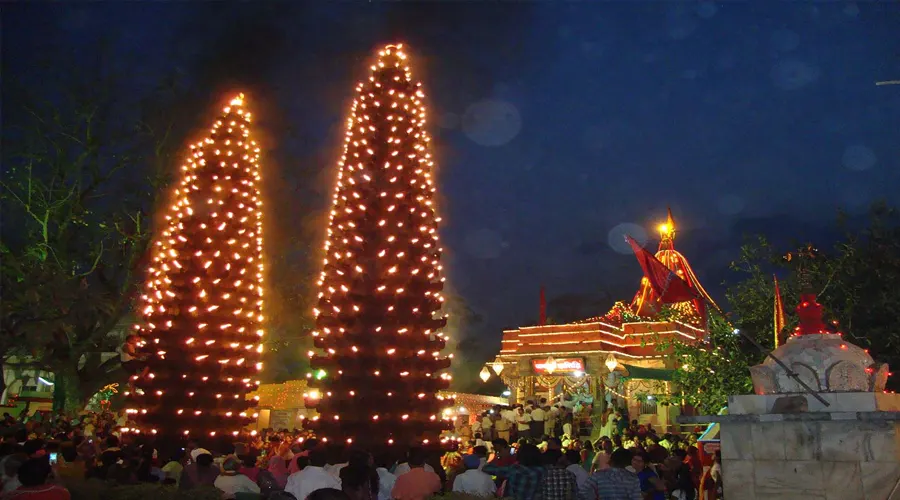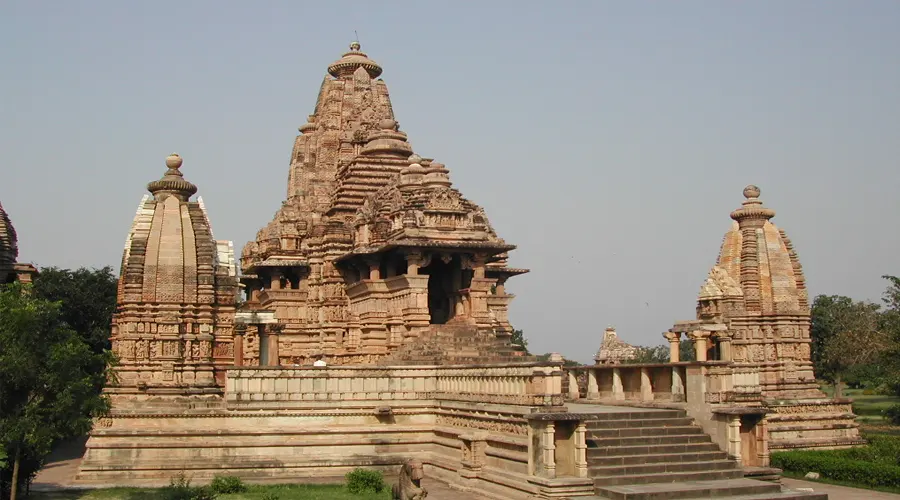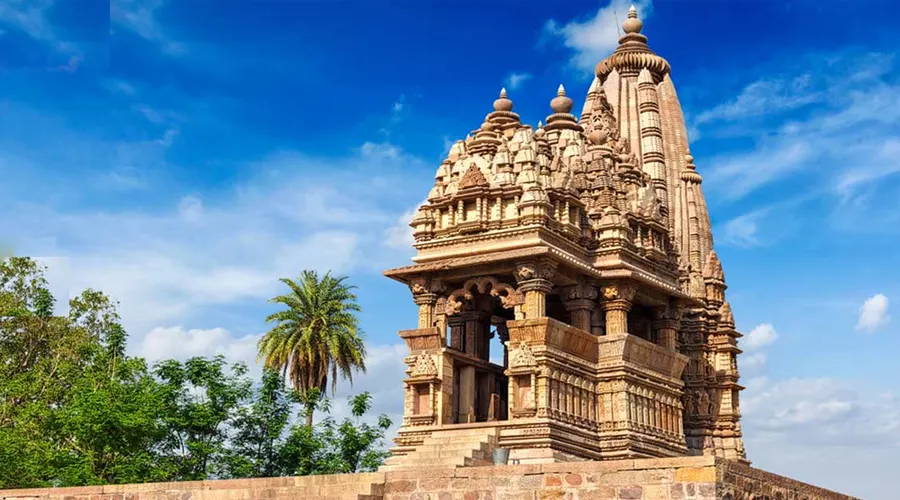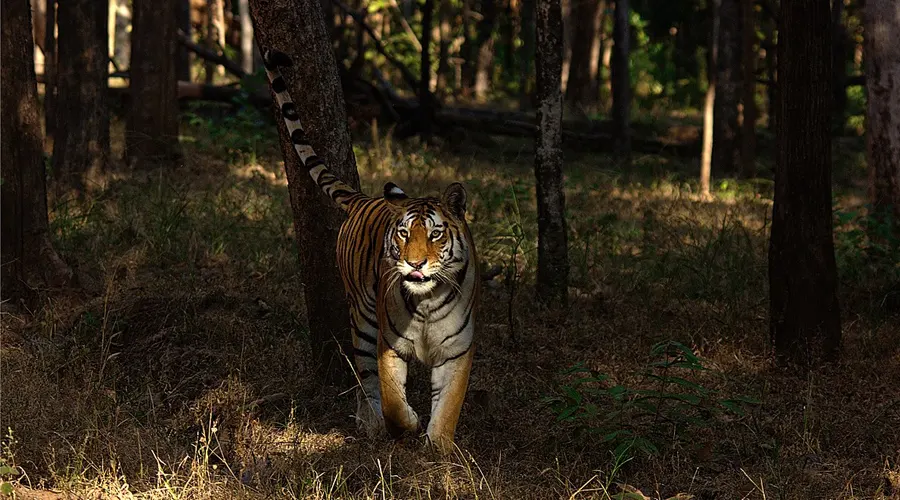Jai Vilas Palace
Located in the heart of the city, Jai Vilas Palace is one of the grandest buildings in Gwalior. This beautiful palace was established back in the year 1874 by Jayajirao Scindia, the Maharaja of Gwalior. The palace features a beautiful blend of Tuscan, Italian, and Corinthian styles of architecture.
Spread over an area of 12, 40,771 square feet, Jai Vilas Palace is a popular tourist attraction in Gwalior. The palace features European architecture and was designed by Sir Michael Filose. Sir Michael Filose added a unique charm to the palace by using different architectural styles in all three storeys. The palace is also known to house a collection of gadgets and antiques coming from the old times.
A visit to the palace makes you explore the royal times of the Maratha Scindia dynasty. This visit makes you flip back the pages of the luxurious lifestyle of the kings and queens of those times.
Jai Vilas Palace is well-known around the country for its beautiful architecture. Every part of the palace is intricately designed and decorated which speaks much about the craftsmen of those times. The palace is truly an architectural marvel as it combines Italian, Tuscan, and Corinthian styles of architecture.
The most popular attraction of the palace is the Durbar hall, which is beautifully decorated with gold furnishings. The hall has one of the largest chandeliers in the world, which is believed to be the heaviest in Asia. The center has a large dining table which has a silver train that was used as a table trolley for serving food to the people.
Other attractions of the palace include reading rooms, drawing rooms, JSM hall, and breakfast room.
History of Jai Vilas Palace
It was the Maharaja's wish to bring the Palace of Versailles to Gwalior. So, when the occasion arose for King Edward's arrival in the year 1875, he built the Jai Vilas Palace by putting prisoners from the Gwalior fort to work on its construction. Workers spent 12 years fabricating the plush carpet in the main attraction of the Palace - the Durbar Hall. The carpet is one of the largest in the world.
Since setting records seems to be set in stone for this monument, the exquisite chandeliers in the hall are no exception. At that time, experts were doubtful that the roof of the great hall could hold the weight of the two massive chandeliers. However, Sir Michael Filose believed in his approach. To prove his point, he set up a wide wooden ramp from the floor to the roof and walked a dozen elephants to the top. The elephants together weighed almost twice that of the chandeliers, and yet the roof held its place. In this way, the ingenious architect simplistically proved the strength of his creation. 140 years later, the roof endures.
Architecture of Jai Vilas Palace
The layout of the Jai Vilas Palace is reflective of the colonial period portraying the strong British influence on India. Designed by the well-known architect Sir Michael Filose (Mukhel Sahib), the magnificent palace is a prime example of European architecture, bringing together myriad experiences the great Sardar had on his tour of the West. The first floor is fashioned in Tuscan style, while the second and third floors are inspired by the Italian-Doric and Corinthian methods respectively. All 400 rooms are furnished with Italian marble flooring, Persian carpets, ornamental accessories, and rare antiquities from France, China, and Italy.
A unique feature of the Palace is an elongated dining table, on which a silver train with cut glass carriages is rallied around to serve delicacies, after-dinner brandy, or cigars to important delegates during get-togethers. The backrests of the chairs at the dining table are emblazoned with the royal crest of Gwalior, indicating the meticulously executed hard work undertaken to beautify the stately home.
Perhaps the most talked-about embellishment is the pair of custom-made chandeliers that Mukhel Sahib ordered from Vienna. Each chandelier is 40 feet high and weighs 3.5 tonnes, the third-largest chandelier in today's world. The late Maharani Vijayraje Scindia, the wife of Maharaja Jayaji Rao Scindia, seemed to be particularly impressed by the chandeliers as she wrote in her autobiography: "Mukhel Saheb (Sir Michael Filose) Sahib saw to it that most of the other things in his palace matched the durbar hall in scale and splendor, and nowhere else is his propensity for the grandiloquent more in evidence than in the crystal chandeliers he ordered for the durbar hall from Vienna. The two main ones which are very nearly a pair are said to be the largest ever made, with the possible exception of the one which hangs in the Czar's winter palace outside Moscow."
Jai Vilas Palace Museum
A section of the Jai Vilas Palace consisting of 35 rooms has been converted into a museum by Rajamata Shriman Vijayraje Scindia in memory of the Maharaja Jayaji Rao Scindia. On 12th December 1964, the H.H. Maharaja Sir Jiwajirao Scindia museum was officially opened to the public by the then President of India Dr Sarvapally Radhakrishnan. Its primary purpose is to serve as a central site for research and learning of ancient Indian arts and culture. Many of the rare artifacts’ collections are available for viewing in the main Durbar Hall and beyond. The place includes a museum shop, café and library for recreational pursuits. A provision for specialized tours and services can also be booked, mostly after 5:00 PM that includes high tea and/or dinner at the majestic palace.
Jai Vilas Palace, Gwalior: Today
Today, the Jai Vilas Palace serves as the royal residence of the Maratha Scindia family’s descendants. At the same time, it houses the Jiwajirao Scindia Museum and a vast library containing more than 7,000 books belonging to various genres. Some of these books are rare editions from the 18th and 19th centuries.
The palace provides visitors with the option of special tours after the normal visiting hours (5:00 pm onwards), followed by high tea and/or dinner on the palace lawns. Certain sections of the palace are also open for venue hire if you wish to celebrate any occasion in a royal manner.
Jai Vilas Palace Durbar Hall
One of the prime attractions at the Jai Vilas Palace is the Durbar Hall which is 41 feet in height, 100 feet in length, and 50 feet in width. It features ornate interiors, embellished with gold and gilt decor. The luxurious carpet adorning this hall is considered to be one of the largest in the world. Among the other famous embellishments are two almost identical crystal chandeliers imported from Vienna. Each one is equipped with 250 light bulbs and has a weight of 3.5 tonnes and a height of 40 feet. These chandeliers are counted among the 3 largest chandeliers in the world today.

